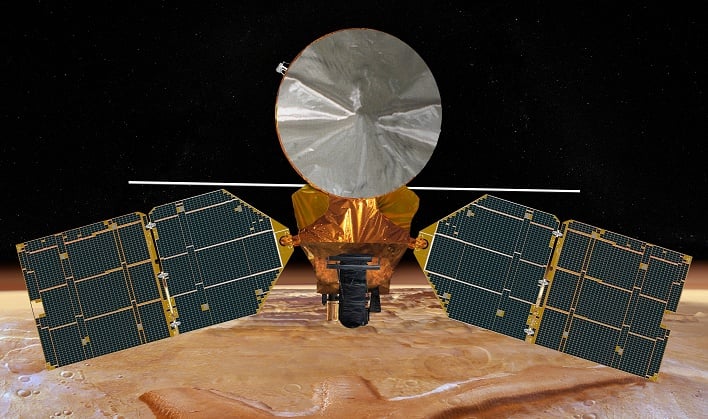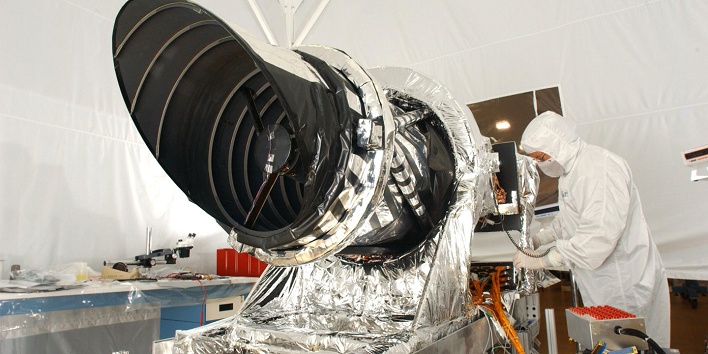NASA Looked At Mars And Was Shocked To Find The Face Of A Bear Staring Back

Since arriving in Mars' orbit in 2006, the Mars Reconnaissance Orbiter has captured more than a few interesting images of the planet's surface. In 2019, the spacecraft sent back an image that included what appeared to many as Star Trek's Enterprise logo. Another image taken last year had people seeing an alien footprint. One of the more recent images the orbiter has beamed back has people seeing a bear staring back at them.

The effect that causes us to see something in an image that is not there is called pareidolia. Pareidolia occurs when a person perceives a specific, often meaningful image in a random or ambiguous visual pattern, according to Merriam-Webster Dictionary.

The powerful camera's pixel level resolution in images taken from an altitude of 186 miles (300 kilometers) is about 12 inches (30 centimeters) across (about basketball-size). The overall image size is a swath width of 3.7 miles (6 kilometers) with a programmable image length of up to 37 miles (60 kilometers).
Areas to be photographed by HiRISE are selected on the basis of data returned from the Mars Global Surveyor, Mars Odyssey, and regional surveys conducted by the Mars Reconnaissance's own instruments. Hopefully, we will all be privy to some more images that spark our imagination about what resides on the Red Planet.

